
Why is the Distinction Between Mortar and Cement Mixers Important for Beginners
Introduction
Choosing the right mixer is crucial for construction projects. Beginners often confuse mortar mixers and cement mixers. This article aims to clarify these differences and their implications for your projects.
Summary and Overview
Understanding the differences between mortar and cement mixers is vital. Mortar mixers are designed specifically for mixing mortar, which is a blend of cement, sand, and water. They usually have a stationary barrel and internal paddles that provide a smooth mix. Cement mixers, on the other hand, are built to handle larger aggregates like gravel and sand, which are essential for concrete. They feature a rotating drum that tumbles the ingredients together.

These distinctions greatly affect the mixing process and the final product. Using the wrong mixer can lead to poor mixing quality and unsatisfactory results. Selecting the appropriate mixer based on your project requirements helps ensure structural integrity and overall success. For beginners, knowing these differences not only aids in choosing the right tool but also enhances confidence in executing construction tasks effectively.
Speaking of essential tools, no construction site is complete without a sturdy pair of construction gloves. They protect your hands from cuts and abrasions while you work. Trust me, your fingers will thank you later!
Understanding the distinction between mortar and cement mixers is essential for beginners in construction. Learn more about the differences here.
Understanding Mortar and Cement Mixers
What is a Mortar Mixer?
A mortar mixer is a specialized machine designed to mix mortar. Mortar is a combination of cement, sand, and water, primarily used for binding bricks and stones in construction. Typically, mortar mixers have a stationary barrel with an internal rotating paddle. This design ensures a smooth and consistent mix, ideal for precision tasks.
These mixers excel in applications like stucco, plastering, and bricklaying. Their ability to create a fine, workable mixture is crucial for achieving strong bonds in masonry work. In smaller projects, using a mortar mixer increases efficiency and results in a better quality mix. And when you’re mixing, don’t forget a reliable mixing paddle to help you get that perfect consistency!
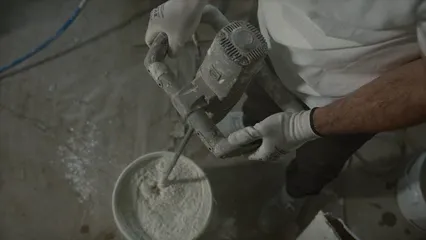
What is a Cement Mixer?
Cement mixers, often called concrete mixers, serve a different purpose. They are designed to combine larger aggregates like gravel, sand, and cement. The mixer features a rotating drum that tumbles the ingredients together, forming a thick slurry suitable for pouring.
Cement mixers are essential for larger construction projects. They handle the heavy-duty mixing required for foundations, driveways, and large structural elements. The capability to mix in bulk makes them a favorite on construction sites where large volumes of concrete are necessary. If you’re tackling a serious project, consider investing in a cement mixer that can handle the load!
Key Differences Between Mortar and Cement Mixers
Material Compatibility
One of the main differences lies in the materials each mixer handles. Mortar mixers are tailored for finer materials like sand and cement. They create a smooth, adhesive mixture ideal for masonry work. In contrast, cement mixers accommodate coarser aggregates, such as gravel and larger sand particles.

Mixing incompatible materials can lead to issues. For instance, using a mortar mixer for concrete can result in poor mixing quality. This can compromise the structural integrity of the final product. Conversely, trying to mix mortar in a cement mixer may not yield the desired consistency, affecting its bonding properties. Understanding these distinctions ensures that you choose the right equipment for your specific project, leading to successful outcomes.
Design and Functionality
Mortar mixers and cement mixers differ in design. Mortar mixers usually have a stationary barrel. Inside, they feature paddles that rotate to mix the ingredients thoroughly. This setup allows for a consistent and smooth blend, crucial for fine mixtures.
Cement mixers, on the other hand, have a rotating drum that tumbles the materials. The drum’s movement blends larger aggregates, like gravel, effectively. This design is key for achieving the right consistency in concrete. The difference in design directly influences mixing efficiency. Mortar mixers create a more uniform mix for masonry, while cement mixers can handle bulk mixing for construction.
Mixing Methodology
The mixing processes for mortar and cement mixers vary significantly. In mortar mixers, the stationary barrel and rotating paddles facilitate a gentle mixing action. This method ensures that the finer particles are evenly distributed, creating a smooth, workable mix. The result is ideal for applications like bricklaying and stucco.
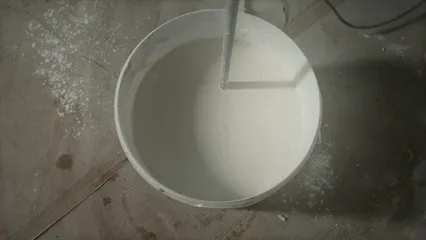
Conversely, cement mixers utilize a tumbling action. The rotating drum pushes the materials against each other, combining them effectively. This method is vital for mixing coarser aggregates with cement and water. The outcome is a thick slurry suitable for pouring in construction projects. The distinct processes of both mixers impact the final consistency and quality of the mix, highlighting the importance of choosing the right equipment.
When to Use Each Mixer
Situations Requiring a Mortar Mixer
Mortar mixers are perfect for projects that demand precision. For instance, when laying bricks, a mortar mixer ensures the mix is smooth and workable. This consistency helps create strong bonds between materials.
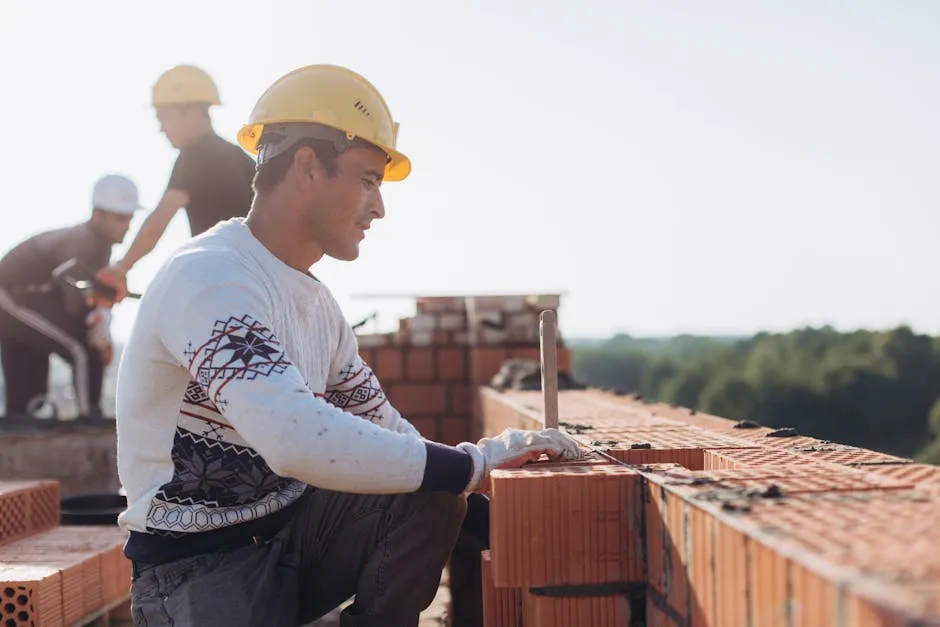
Stucco application also benefits from using a mortar mixer. The fine texture it produces allows for an even finish on walls. Additionally, plastering projects require a similar level of smoothness for best results. Using a mortar mixer in these situations enhances the overall quality of the work. Don’t forget to protect your eyes with a good pair of safety goggles while you work!
Situations Requiring a Cement Mixer
Cement mixers shine in heavy-duty projects. For instance, when pouring foundations, a cement mixer is essential. It can efficiently mix large volumes of concrete, ensuring strength and durability.
Driveways and large structural elements also benefit from cement mixers. They handle the coarser materials easily, creating a robust mix. In any project requiring substantial amounts of concrete, a cement mixer is the better choice. Its design allows for effective mixing of aggregates that contribute to the strength of the final structure. If you’re looking for a heavy-duty option, consider a heavy-duty extension cord to power your tools!
Pros and Cons of Each Mixer Type
Advantages of Mortar Mixers
Mortar mixers are user-friendly. Their design simplifies operation, making them perfect for beginners. Cleaning these mixers is a breeze, saving you time. They excel in small-scale projects where precision is key. A mortar mixer ensures a smooth, uniform mix, which is essential for applications like bricklaying and plastering. This accuracy can significantly enhance the quality of your work. And for those tight spaces, a portable workbench can be a lifesaver!
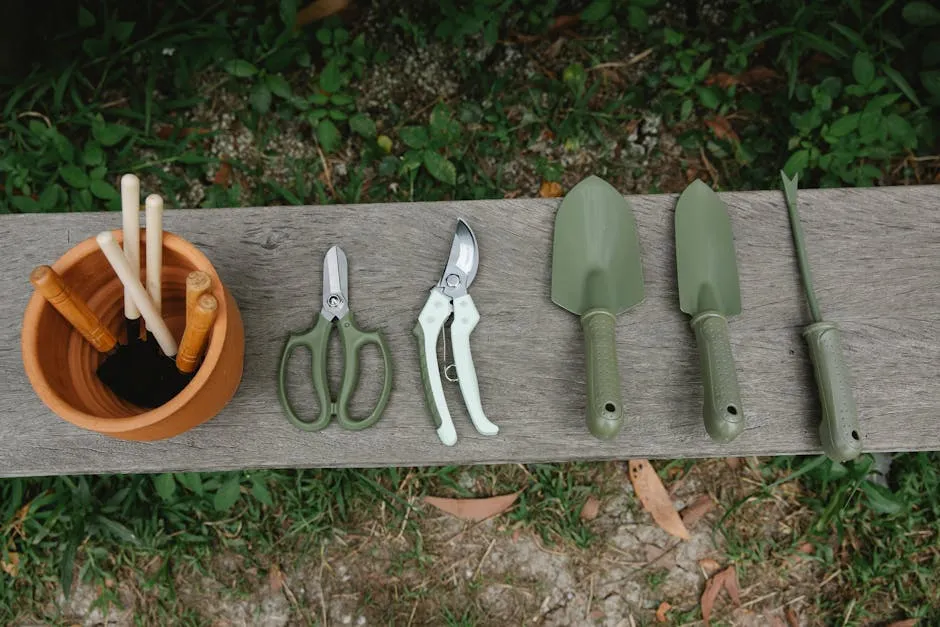
Disadvantages of Mortar Mixers
However, mortar mixers have limitations. Their capacity is often small, making them unsuitable for large projects. They cannot mix concrete effectively, which restricts their versatility. If you plan to handle bigger jobs, relying solely on a mortar mixer might not be wise. Understanding these drawbacks helps you make informed decisions.
Advantages of Cement Mixers
Cement mixers shine in heavy-duty construction. They handle larger aggregates, making them ideal for concrete mixes. These mixers can accommodate significant volumes, perfect for substantial projects like foundations and driveways. Their efficiency in mixing coarse materials leads to a consistent blend, ensuring strength and durability in your final product. A cement mixer can save you time on large jobs. Be sure to have a concrete leveling tool at hand to ensure everything is perfectly flat!
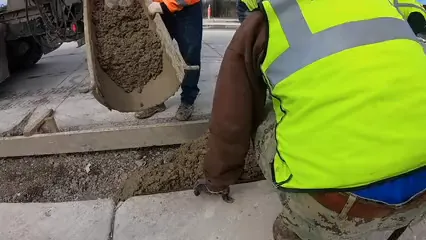
Disadvantages of Cement Mixers
On the flip side, cement mixers are more complex. They require more effort to clean and maintain, which can be a hassle. Their design is less effective for finer mixtures like mortar. If you’re focused on smaller tasks or need precise mixes, a cement mixer may not be the best choice. This understanding helps you select the right tool for your needs.
Choosing the Right Mixer for Your Project
Factors to Consider
Choosing the right mixer involves several key factors. First, consider the project size. For small tasks, a mortar mixer is often sufficient. However, larger projects call for a cement mixer to ensure efficiency. Next, evaluate your material requirements. If you’re working with concrete, opt for a cement mixer to handle larger aggregates effectively.

Desired mix consistency is crucial too. A mortar mixer provides a smooth finish, while a cement mixer handles coarser materials. Finally, keep your budget in mind. Renting a mixer might be a cost-effective solution for beginners. And while you’re at it, consider investing in a construction site first aid kit to be prepared for any mishaps!
Tips for Beginners
For those just starting, consult with experts or resources when unsure. Consider typical project scenarios, such as bricklaying or foundation pouring. Knowing which mixer fits each situation can save time and frustration. Don’t hesitate to ask for advice at your local hardware store or from experienced friends. Making the right choice will lead to better results and enhance your confidence in construction projects. Also, stay hydrated with an insulated water bottle on hand!
FAQs
Can a cement mixer be used for mortar?
While some cement mixers can mix mortar, it is not ideal due to design differences. Mortar mixers are specifically built for finer materials, ensuring a smoother consistency.
What are the consequences of using the wrong mixer?
Using the wrong mixer can lead to poor mixing quality. This affects the strength and durability of the final product, potentially resulting in structural issues.
How do I maintain my mixer?
Basic maintenance includes cleaning after each use. For mortar mixers, ensure the paddles are free from residue. For cement mixers, check for clogs and clean the drum thoroughly.
Are there rental options for these mixers?
Yes, many equipment rental services offer both mortar and cement mixers. Renting can be a cost-effective choice for beginners or one-time projects.
What is the best mixer for small DIY projects?
For small, precise jobs, mortar mixers are ideal. They provide the necessary consistency for tasks like tiling or bricklaying. Cement mixers are better suited for larger applications.
How can I determine the right size mixer for my project?
Assess your project’s volume and scope to choose the appropriate mixer size. If you’re unsure, consult with an expert or use guidelines available in hardware stores.
Where can I find more resources on mixer selection?
Look for online resources, such as instructional videos and articles. Local workshops and community college courses can also provide valuable insights on mixer selection and usage.
Please let us know what you think about our content by leaving a comment down below!
Thank you for reading till here 🙂
All images from Pexels




